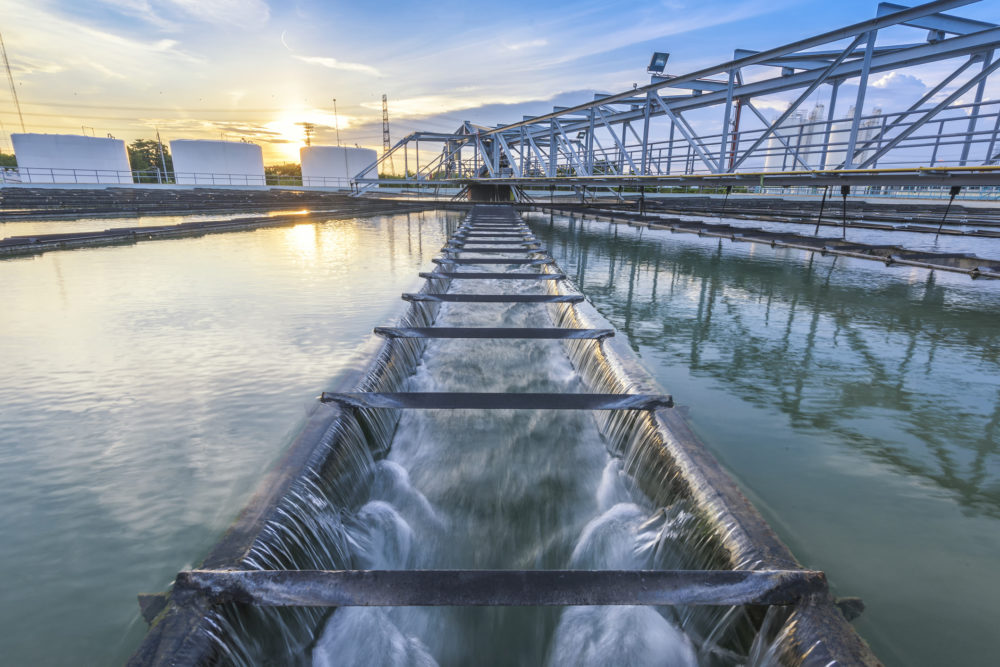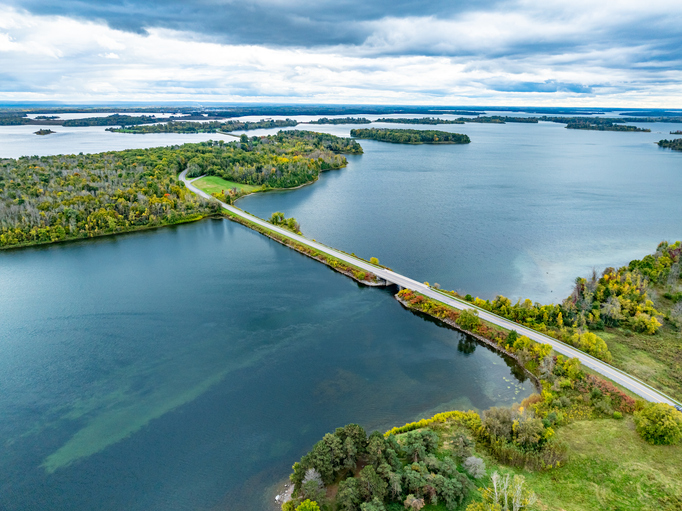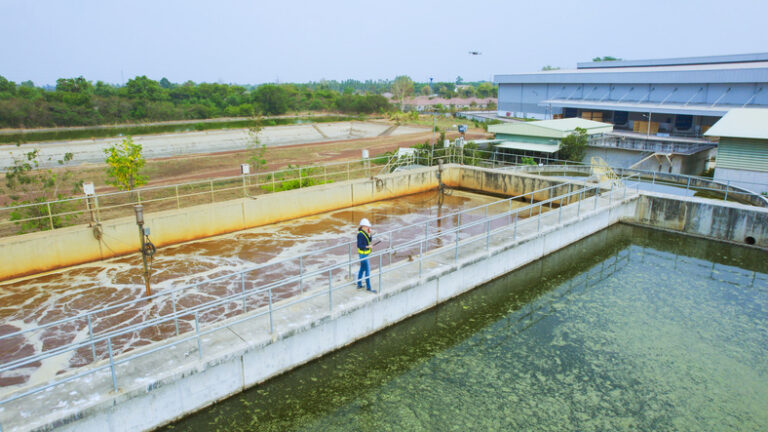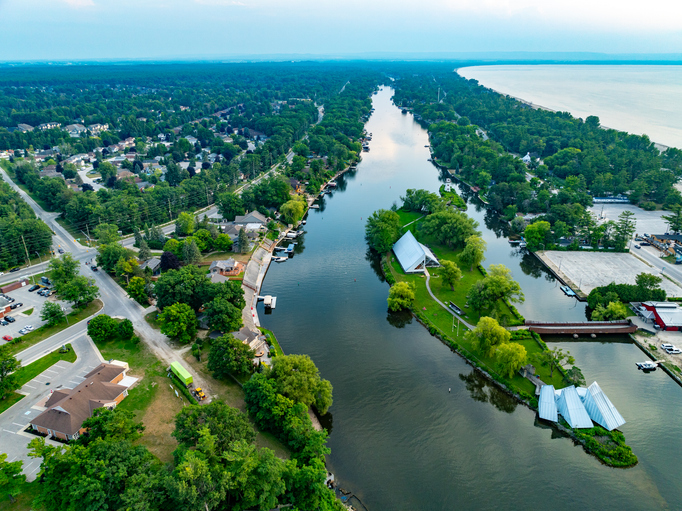Though the world was turned upside down with the arrival of the pandemic this spring, we took the opportunity to reflect on ourselves as a company, as a team, and as leaders in environment and water technology, through the good times and the bad. It really solidified what we already knew—that we are truly deeply connected to our customers and our communities and we play an important role in transforming challenges into opportunities.
With or without a pandemic, several issues with our water infrastructure remain, the problem of lead in drinking water being a serious one.
What innovation means to us
When we talk about innovation, we think of it this way: innovative solutions are developed from a need or a challenge that our customers and communities are facing that has yet to be met. It can be a broad challenge (crumbling water infrastructure and shrinking budgets) to more specific (lead in drinking water).
Finding an innovative solution means that there may need to be some changes in processes, in technology and in approach so that it will yield a measurable commercial impact. When it comes to the health and safety of our communities, we believe in listening and learning and, with the support of governments and policymakers, that now is the time to capitalize on innovation to maximize the return on infrastructure renewal programs aimed at the economic recovery.
Turning challenges into opportunities
In a recent Renew Canada article, Michael S. Burke, chairman and CEO of AECOM had three recommendations regarding infrastructure investments that should apply to all projects today, big and small: 1) act now, 2) remove hurdles, and 3) establish flexible procurement.
What he said is that the time has come to review and streamline processes to allow for projects to move ahead with greater speed and efficiency, which should reduce costs in the end and provide better and innovative solutions. This is why we believe in the importance of collaboration with all parties, from the beginning to the end.
We are working with various departments of the federal government, provinces, and provinces and municipalities to reduce duplicate efforts, backlogs, and undue administrative burden for solution providers. We want to find ways to work together and to open doors.
Another challenge is that contracts are often awarded mainly based on (lowest) costs, giving little consideration to environmental or societal impacts, supply chain nature and location, or life cycle analysis, sustainability, and resiliency of the solutions proposed.
This can lead to innovative solutions getting cut from the list early on, resulting in status quo project delivery, with municipalities missing out on the incredible long-term and sustainable benefits that would be more cost-effective in the end.
Exceptional circumstances like the post-Second World War Marshall Plan or the current pandemic response offer unique out-of-the-box problem-solving conditions to reevaluate the way we spend taxpayers money.
That means getting more for every dollar invested because our society currently does not have the funding capacity to meet all of our infrastructure renewal needs if we continue to use traditional approach. We need to make sure that innovative solutions make it to the table and are seen and heard and given the right amount of attention during the bidding process.
That is where innovative solutions come into play. For instance, the health and environmental issues related to lead service lines and joints in our drinking water infrastructure needs to be explored. Known for centuries to pose serious public health concerns (cf., Pompei, A.D. 50), hundreds of thousands of Canadians are to this day still exposed to this dangerous water contaminant, and now, innovative solutions are available that could solve rapidly and economically this issue.
Canada a leader in innovative initiatives
Fortunately, Canada is an ambitious country and one that believes in the hard work and ingenuity of its people. The financing of laboratories, high tech equipment and research and development facilities over the years has allowed us to foster world-class talent. As a result of those investments, Canada offers the highest density of educated workers in the world.
The federal government has invested massively over the years in various initiatives and has committed to continue doing so as mentioned in the 2019 report Building a nation of innovators, in which it expresses its ongoing investment in various educational programs as well as the reinforcement of an innovation culture.
In Quebec, initiatives such as the College Centers for the Transfer of Technologies (CCTT), which are applied research centers affiliated with Quebec’s colleges, were highly beneficial over the years for businesses, a model that has now been reproduced throughout Canada.
The mandate of such college-based centers is to carry out applied research, technical assistance, training, and information dissemination activities to contribute to the development and implementation of technological innovation projects within companies and organizations. This highly flexible and focused network is helping Canadian companies to come up with innovations that benefit us all.
Building on such strengths, key ingredients can be stated for helping companies to innovate and overcome what can feel like the overwhelming challenges posed by our water infrastructure needs.
Leveraging innovative solutions
What has become clear in discussions with our customers and community leaders is that as a starting point we need to rethink the way we fund projects, and the time is now.
- Encouraging a public-private partnerships (P3s) is an exciting way to accelerate the innovation process while mitigating the risk for all parties. A great example is SpaceX, founded by Elon Musk to revolutionize space technology, where a private company was able to answer some challenges faced by government in funding and managing space vehicle launch. Such P3s would be evaluated based on all costs, short and long term, including maintenance, end-of-life, environmental, and social. Private companies would be held accountable over time to maintain the infrastructures, while respecting the previously established guidelines by the public entities. This reform would benefit all parties, first and foremost taxpayers.
- A shift of mentality around innovation will also be required. Governments need to believe and invest in leading companies. Start betting on winners and not hesitate to choose an innovative company that has the capacity to create real value for Canada and the rest of the world. Innovation should become a crucial criterion for decision-making.
- Continue to make sizable investments in programs that support the entire innovation cycle (from R&D to commercialization) as well as incentive programs that give a greater leeway to local governments (municipalities in particular) to exert their leadership as part of their responsibilities. An example of a successful program is the Gasoline Tax and Quebec Contribution Program (TECQ) from the Ministère des Affaires municipales et de l’Habitation, originating from an agreement the governments of Quebec and Canada for the transfer to the municipalities of Quebec of part of the revenues from the federal excise tax on gasoline and the contribution of the government of Quebec, which aims at sustainable improvements of their drinking water, wastewater, local roads and other types of infrastructure.
Coming back to innovation, we feel that there has never been a greater opportunity to build on our collective learnings of the past years in the water infrastructure industry. Changing the tender process to include a broader range of criteria such as sustainability and accountability, establishing new collaborations between the governments and the industry, continue to put talent at the forefront, having a long-term vision promoting a better return on investment could all lead to more resilient infrastructures. Changes are inevitable but we can either resist or rise to the occasion. We chose the latter, what about you?
This article was written by Martin Bureau, the vice president of innovation at Sanexen, for the September/October 2020 issue of Water Canada.












